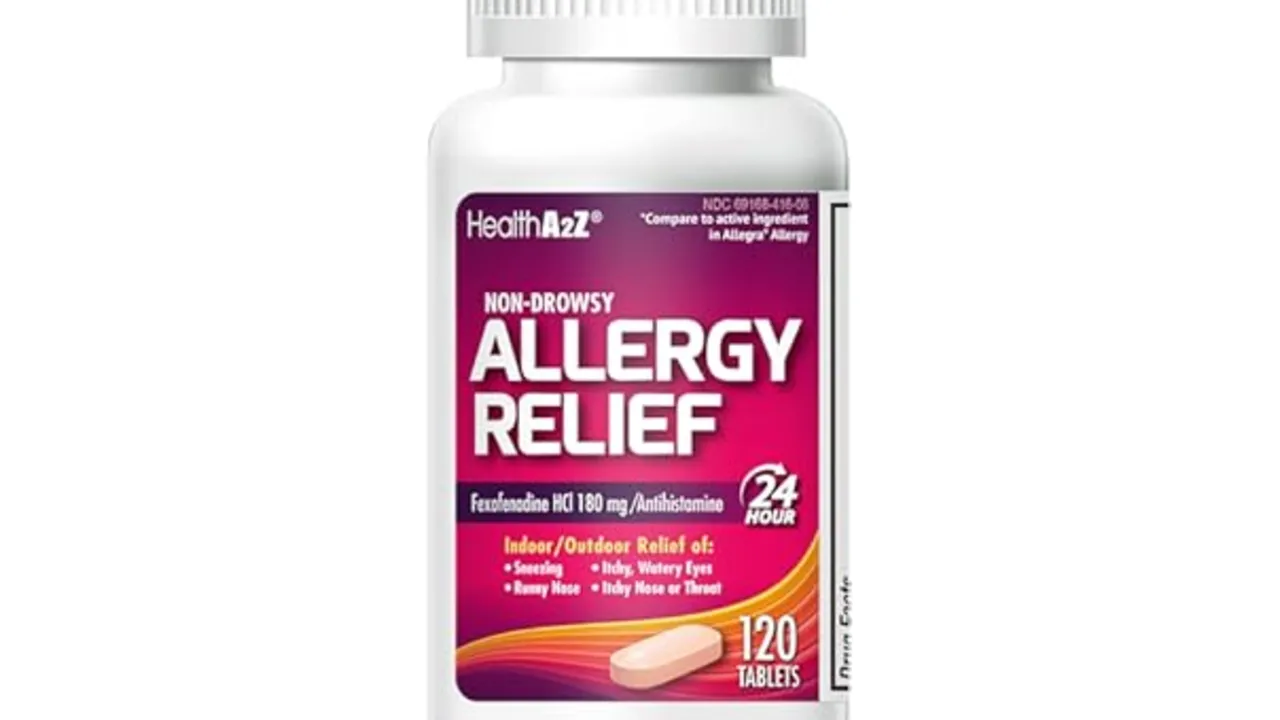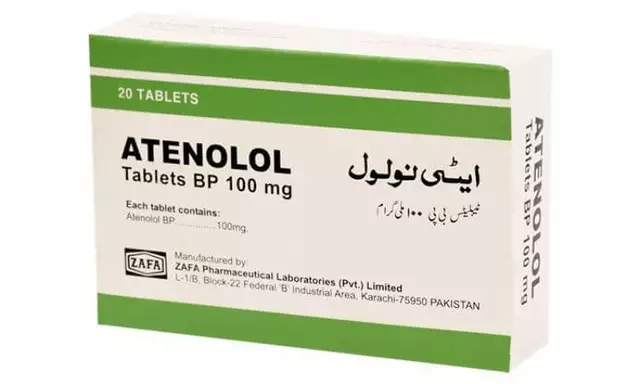Flonase (Fluticasone): What It Does and How to Use It
Blocked, runny, or itchy nose getting in the way of your day? Flonase is a common over-the-counter nasal steroid that treats nasal allergy symptoms by reducing inflammation in your nose. It won’t cure allergies, but it usually helps with congestion, sneezing, runny nose, and nasal itchiness.
Flonase contains fluticasone, a corticosteroid delivered as a nasal spray. It works differently from antihistamines like Claritin — it calms swelling and mucus production rather than just blocking histamine. That makes it especially useful if congestion is your main problem.
How to Use Flonase Safely
Start by reading the product label. Most adult dosing is one or two sprays in each nostril once daily. Prime the pump if it’s new or unused for a while: spray into the air until a fine mist appears. Tilt your head slightly forward, point the nozzle away from the center of your nose (aim toward the outside wall), spray, then breathe in gently. Don’t sniff hard.
Be consistent. Unlike antihistamines, nasal steroids take time. Some people notice relief in 12–24 hours, but full effect can take several days to two weeks. Use daily as directed for best results, not just when symptoms spike.
Common Side Effects and When to Worry
Typical side effects are mild: nasal dryness, throat irritation, sneezing right after spraying, or small nosebleeds. These often improve with continued use. To reduce dryness, try a saline nasal spray alongside Flonase or use a humidifier at night.
Serious issues are rare but worth watching for: persistent nosebleeds, severe nasal pain, vision changes, or symptoms that suggest a nasal infection. If you have frequent nosebleeds, a perforated septum, or recent nose surgery, talk to your doctor before using a nasal steroid.
Systemic steroid effects (like mood change or weight gain) are unlikely at OTC nasal doses, but tell your doctor if you're using other steroid medications or have conditions like glaucoma or adrenal problems.
Flonase and antihistamines can be used together in some cases — antihistamines handle sneezing and itching faster while Flonase reduces long-term inflammation. Ask your pharmacist or doctor before combining treatments if you’re unsure.
Kids and pregnancy: Some Flonase formulas are approved for children at specific ages; check the label. If you’re pregnant or breastfeeding, consult your healthcare provider before starting any steroid spray.
Final tips: store the spray upright at room temperature, keep the nozzle clean, and don’t share the bottle. If symptoms don’t improve after 2–3 weeks, or if you need higher doses, see a doctor — you might need a different treatment or a prescription-level option.
Want help deciding if Flonase is right for you? Talk with your pharmacist or your doctor — they can match treatment to your symptoms and health history so you get relief without surprises.

5 Alternatives to Fexofenadine in 2025: Exploring Your Options
Navigating the world of allergy relief can be daunting, especially with so many options available. Here, we explore alternatives to Fexofenadine in 2025, including Flonase, to help you understand your choices for managing symptoms like congestion and sneezing. Each alternative offers different benefits and drawbacks, so finding the right fit is essential. Our guide aims to simplify the decision-making process by providing a comprehensive look at what each option brings to the table. Whether you're battling hay fever or other allergies, knowing your options can lead to more effective relief.
MedicationsLatest Posts
Tags
- online pharmacy
- medication
- dietary supplement
- side effects
- online pharmacy UK
- medication safety
- mental health
- impact
- online pharmacies
- dosage
- skin health
- health
- pain relief
- dietary supplements
- massage therapy
- medication side effects
- eye inflammation
- health benefits
- mental health treatment
- thyroid medication




